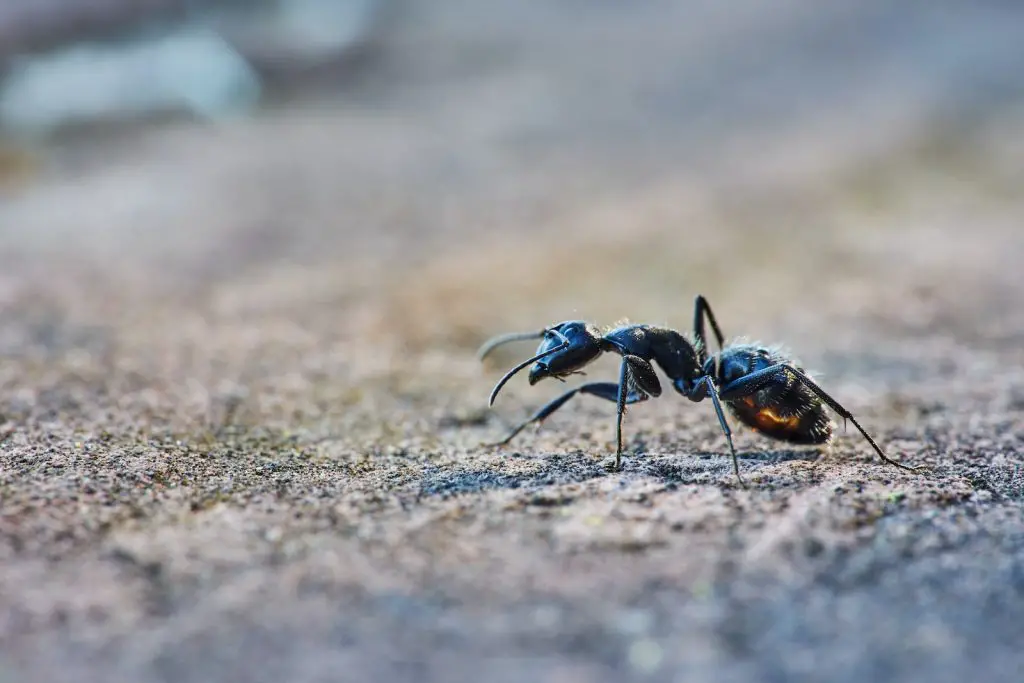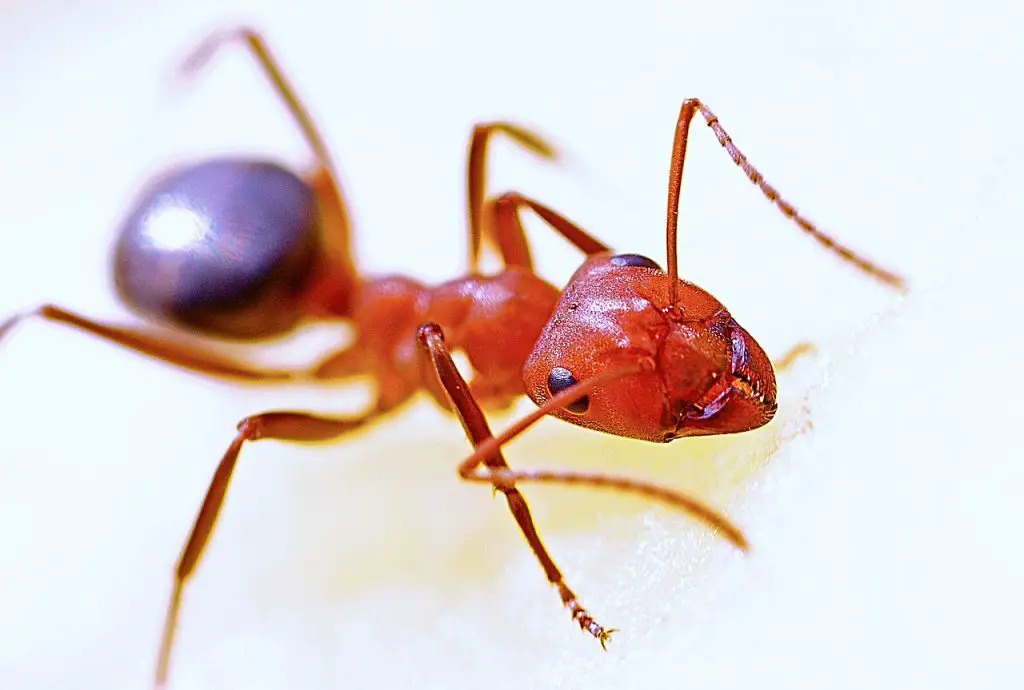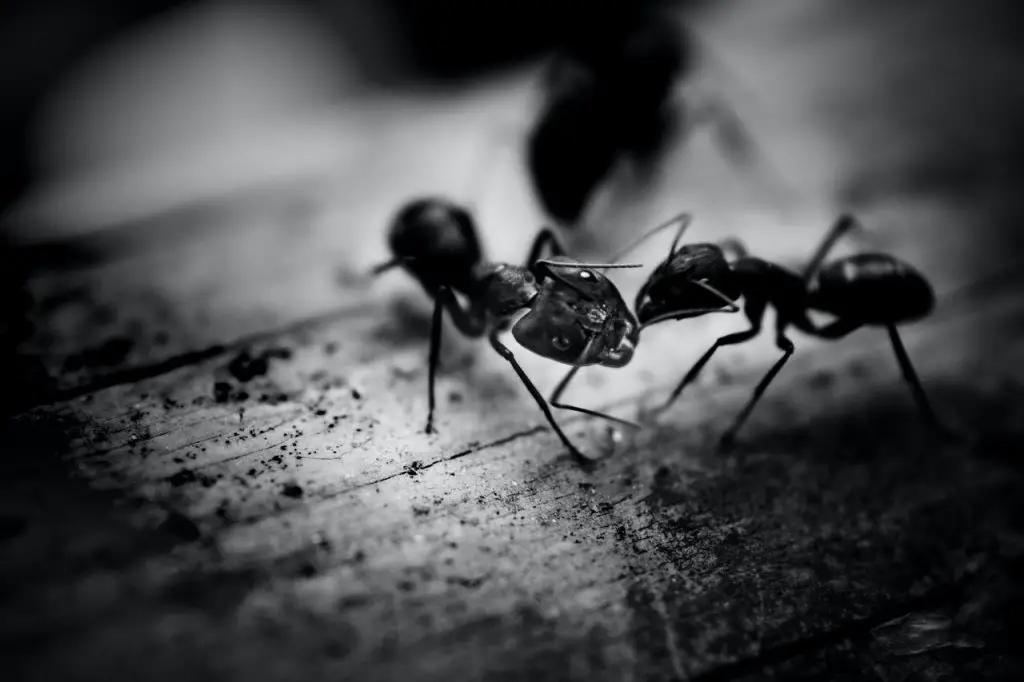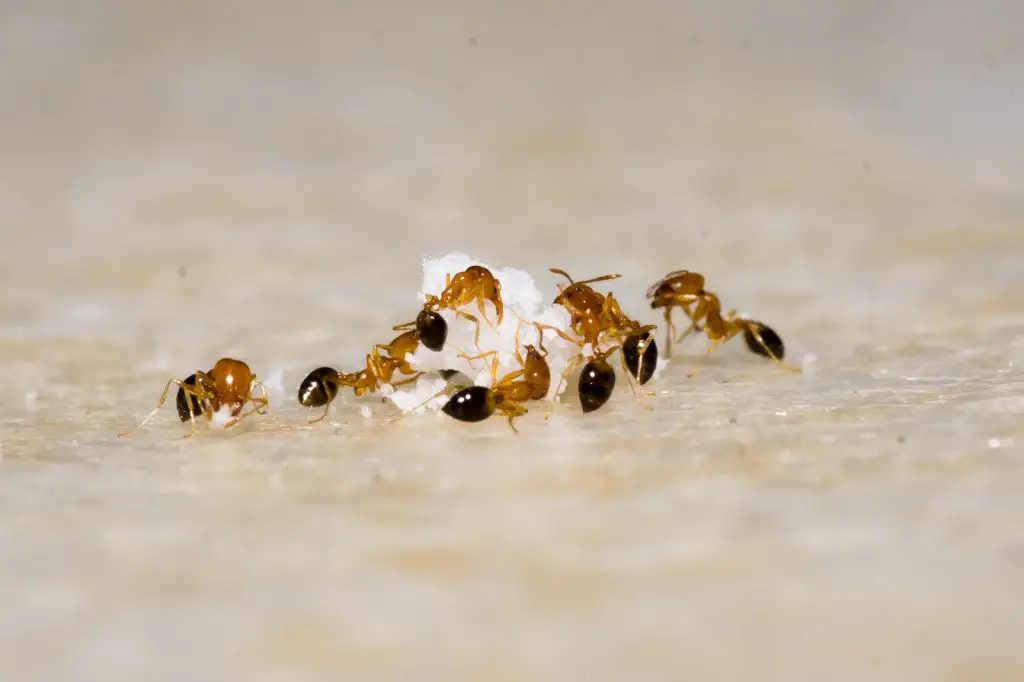Have you ever walked into your bathroom only to find a colony of tiny invaders making themselves at home?
That’s right, I’m talking about ants in bathroom. Don’t underestimate these pesky pests – they can quickly turn your bathroom into their own personal playground.
But fear not! With the right strategies and some quick action, you can regain control and keep your bathroom ant-free. Keep reading to discover how to deal with the invasion of ants in bathroom.
Why Ants Are Attracted to the Bathroom?
Do you notice tiny ants marching around your bathroom? particularly near the sink or bathtub? It might seem like a strange place for them to be, but there are a few reasons why ants are often attracted to this area in the bathroom.
One reason is that bathrooms can be a source of moisture, which ants need to survive. Even just a few drops of water can create a humid environment that ants find appealing. If you have any leaky pipes or faucets in your bathroom, that could be attracting ants as well.
Another reason is that ants are attracted to sugary or greasy substances, which can sometimes be found in bathrooms. Toothpaste, soap, and even hair products can contain ingredients that ants find appealing. If you don’t clean up spills or residue from these products, ants might be drawn to them.
Finally, ants are also attracted to warmth and shelter, which bathrooms can provide. The pipes and walls in your bathroom can trap heat and create a cozy environment for ants to nest in.
DIY Methods for Getting Rid of Ants in the Bathroom
Here is a list of both natural and chemical methods that can be used to eliminate ants in the bathroom:
- Sprinkle cinnamon: Sprinkle cinnamon along ant trails or in areas where you’ve seen ants. The strong scent of cinnamon will deter ants from entering the bathroom.
- Use vinegar: Mix equal parts vinegar and water in a spray bottle and spray the solution along ant trails or in areas where you’ve seen ants. The strong smell of vinegar will deter ants in bathroom.
- Citrus peels: Place citrus peels such as lemon, lime, or orange along ant trails or in areas where you’ve seen ants. The scent of citrus will deter ants.
- Baking soda and powdered sugar: Mix equal parts baking soda and powdered sugar and sprinkle the mixture along ant trails or in areas where you’ve seen ants. The ants will be attracted to the sugar, but the baking soda will kill them.
- Use essential oils: Ants dislike the strong scents of essential oils like peppermint, tea tree, and eucalyptus. Mix a few drops of essential oil with water in a spray bottle and spray the solution along ant trails or in areas where you’ve seen ants.
- Bay leaves: Place bay leaves along ant trails or in areas where you’ve seen ants. The scent of bay leaves will deter ants.
- Keep the bathroom clean and dry: Ants are attracted to moist areas and leftover food, so make sure to clean up any spills or crumbs promptly and keep the bathroom dry.
- Seal any entry points: Check for any cracks or gaps around windows, doors, and pipes, and seal them with caulk or weatherstripping to prevent ants from entering the bathroom.
- Use ant baits: Place ant baits near ant trails or around areas where you’ve seen ants. The ants will take the bait back to their colony, which will eventually eliminate the entire ant population.
- Use ant spray: Spray ant repellent along ant trails or in areas where you’ve seen ants. Make sure to follow the instructions on the label and use caution around children and pets.
Which Ants Are Commonly Found in Bathrooms?
There are a few different types of ants in bathroom that you need might find.
odorous ant
odorous ants which are attracted to moisture and can often be found near pipes or drains. These ants get their name from the coconut-like odor that they emit when they’re crushed.
The size of these ants is generally small, ranging from 1/16 to 1/8 of an inch long, and are often found in homes and bathrooms. They get their name from the unpleasant odor that they emit when they are crushed, which has been described as smelling like rotten coconut or blue cheese.
Pharaoh ant
These ants are very small, typically only about 1/16 of an inch long, and are attracted to warm, humid environments like bathrooms. They can also be found near food sources, so if you have any sugary or greasy substances in your bathroom, pharaoh ants might be drawn to them.

Carpenter ant
These are another type of ant that can sometimes be found in bathrooms. These ants are larger than odorous house ants or pharaoh ants and are attracted to moist or decaying wood. If you have any wooden fixtures or structures in your bathroom, like a vanity or window frame, carpenter ants might be drawn to them.
Black Ants in the Bathroom
Black ants can be found in bathrooms, particularly if there are sources of moisture or food present.
While these ants are generally not harmful to humans, they can be a nuisance and can potentially contaminate surfaces with bacteria and other pathogens. If you’re dealing with a black ant infestation in your bathroom, there are a few steps you can take to control and eliminate them.
Step 1: Make sure to address any moisture problems, like leaky pipes or faucets.
Step 2: Try to keep your bathroom as clean and dry as possible, wiping down surfaces regularly and avoiding leaving food or sugary substances out in the open.
Step 3: Try using ant baits or contacting a pest control professional for help.
By taking these steps, you can effectively control black ant infestations and maintain clean and comfortable living space.
Tiny Ants in the Bathroom
Tiny ants in bathroom could be the pharaoh ant or the Argentine ant, both attracted to moisture and food sources.
They can enter through cracks or gaps and quickly establish a colony. To effectively control and eliminate tiny ants in bathroom, there are several steps you can take.
Address any moisture issues and keep the bathroom clean and dry. You can also use ant baits or consider covering all the lines and spaces between tiles as these can provide a home for these tiny creatures. Using a mixture of cement to cover these gaps can be an effective solution.
Ants in the Bathroom in Winters
While ants are more commonly seen in bathrooms during the warmer months, they can still be a problem in the winter.
This is because ants are attracted to sources of warmth and moisture, which can often be found in bathrooms. In the winter, ants may seek out the heat generated by heating systems or may be drawn to areas of the bathroom that retain moisture, like the shower or bathtub.
To prevent ants from infesting your bathroom in the winter, it’s important to keep the area as dry as possible and seal any cracks or gaps that could allow ants to enter. Using ant baits can help to control any ant infestations that do occur.
Potential Dangers of Having Ants in Your Bathroom
While ants in your bathroom might seem like a harmless annoyance, there are actually some potential dangers to consider.
Ants can carry bacteria and other pathogens on their bodies, which can spread to surfaces in your bathroom. This can potentially lead to the spread of illness or disease.
Certain types of ants in bathroom, like carpenter ants, can cause damage to wooden fixtures or structures in your bathroom. It’s important to take steps to control and eliminate ant infestations in your bathroom in order to maintain clean and safe living space.
Conclusion
In conclusion, ants in the bathroom can be a frustrating problem, but with the right strategies, it’s possible to eliminate them and keep them from coming back.
To get rid of ants in bathroom, address moisture and food sources, seal gaps, and use ant baits or natural repellents like cinnamon or vinegar.

Common types of ants in bathrooms include odorous house ants, pharaoh ants, and carpenter ants. Ants can carry bacteria and cause structural damage, so it’s important to eliminate infestations.



